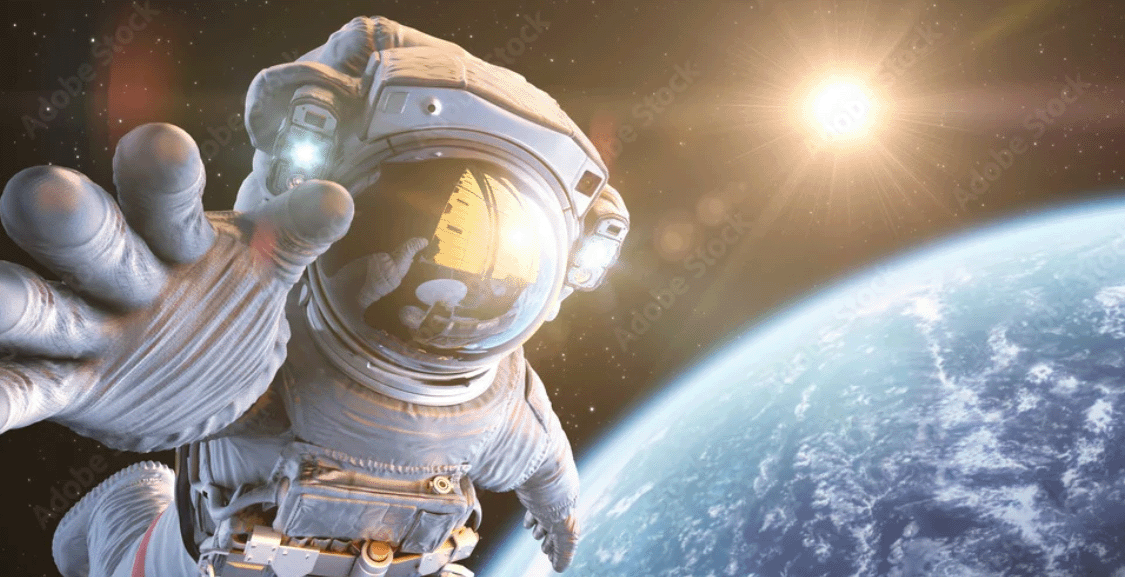The Environment of Space: The Ultimate Extreme Adventure

What is Space Really Like?
Space might look peaceful and quiet in movies, but it's actually one of the most extreme environments imaginable! There's no air to breathe, temperatures that swing from blazing hot to freezing cold, deadly radiation, and complete silence. For humans, space is incredibly hostile - but with the right equipment and knowledge, we can survive and even thrive there!
When Thunder flew into space in our story, he experienced all of these extreme conditions. Let's explore what space is really like and how astronauts (and magical dragons!) deal with these incredible challenges.
The Harsh Reality of Space
- Extreme temperatures: From -455°F to +250°F depending on sun exposure
- No atmosphere: No air to breathe or carry sound
- Deadly radiation: High-energy particles from the sun and deep space
The Temperature Challenge
Space temperature is tricky because heat works differently there! On Earth, heat moves through air and water. In space's vacuum, heat can only travel through radiation (like sunlight). This means:
- The sunny side of objects can reach 250°F (hotter than boiling water!)
- The shadowy side drops to -455°F (colder than liquid nitrogen!)
- Astronauts need special suits with heating and cooling systems
- Spacecraft must constantly rotate to avoid overheating on one side
The Breathing Problem
Space has no atmosphere - it's a perfect vacuum. This creates multiple life-threatening problems:
- No oxygen: You'd lose consciousness in about 15 seconds
- No air pressure: Saliva and tears would boil away immediately
- Lung damage: Holding your breath would rupture your lungs as air expands
- Decompression sickness: Nitrogen in your blood would form dangerous bubbles
Surprisingly, you wouldn't freeze or explode immediately like in some movies. Your body would stay for several minutes because there's no air to carry heat away quickly. But without oxygen, you'd only survive about 1-2 minutes in total.
Radiation: The Invisible Danger
Earth's atmosphere and magnetic field protect us from most space radiation. But in space, astronauts face:
- Solar radiation: High-energy particles from the sun
- Cosmic rays: Particles from distant stars and galaxies
- Van Allen Belt radiation: Trapped particles around Earth
Too much radiation can cause cancer, radiation sickness, and damage to electronics. That's why spacecraft have shielding and astronauts limit their time in space.
Space Environment Quick Facts
- Temperature: Ranges from -455°F (-270°C) in deep space to millions of degrees near stars
- Pressure: Perfect vacuum - no air pressure at all (compared to 14.7 psi on Earth)
- Sound: Completely silent - no air molecules to carry sound waves
- Radiation: Bombarded by cosmic rays, solar radiation, and deadly gamma rays
- Micrometeoroids: Tiny space rocks travel at 45,000+ mph can puncture spacesuits
- Gravity: Still exists everywhere, just very weak in space
Space Environment in Thunder Cloud Summer
When Thunder flew into space to escape the dragon riders, he experienced all of these extreme conditions! In the story, his magical adaptations included:
- Protective membrane over his eyes - Like built-in sunglasses to protect from solar radiation
- Internal fire system - Provided heat and possibly oxygen for breathing
- Frost-resistant skin - His golden scales protected him from the cold vacuum
- Pressure adaptation - Dragon physiology that could handle the vacuum
While Thunder's abilities are fictional, they address real problems that any space traveler must solve. Real astronauts use technology to accomplish what Thunder did naturally - spacesuits for pressure and oxygen, heating systems for warmth, and protective visors for radiation shielding.
Try it Yourself!
1. The Vacuum Challenge
Materials:
- Clear plastic bottle with tight cap
- Hot water
- Ice water
- Food coloring (optional)
Instructions:
- Fill the bottle 1/4 full with hot water (add food coloring to see better)
- Swirl the water around to heat the air inside, then pour out the water
- Quickly cap the bottle tightly
- Place the bottle in ice water and watch what happens
- The bottle will collapse inward as the air inside cools and contracts
What This Shows:
This demonstrates how powerful air pressure is! In space's vacuum, the pressure difference would try to do the same thing to your body - that's why spacesuits must be pressurized.
Safety Note: Use warm (not boiling) water and have an adult help with hot liquids.
2. The Temperature Extremes Demo
Materials:
- Two identical thermometers
- Black construction paper
- White paper
- Bright sunny day
- Timer
Instructions:
- Wrap one thermometer in black paper, the other in white paper
- Place both in direct sunlight
- Record the temperature every 5 minutes for 30 minutes
- Compare how much hotter the black-wrapped thermometer gets
- Then move both to shade and see how quickly they cool
What this shows:
This shows why spacecraft are often white or reflective - to stay cooler in the sun's radiation. Dark surfaces absorb more heat, just like Thunder's golden skin would in space!
Want to Learn More?
- NASA Space Environment - How space affects astronauts
- NASA Resource - Spacesuits - How spacesuits protect astronauts
- ESA Kids - European Space Agency's educational resources
- Exploratorium Space - Interactive space science activities